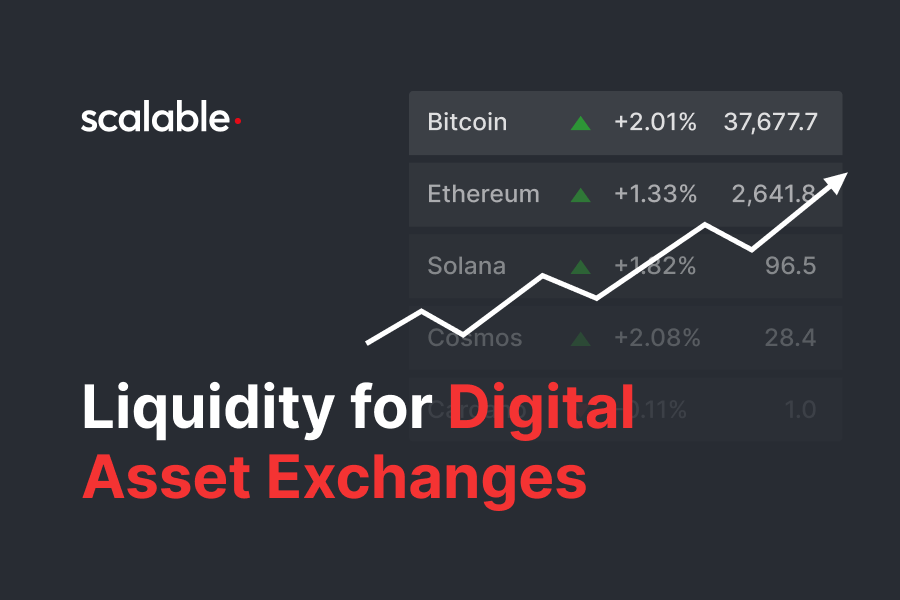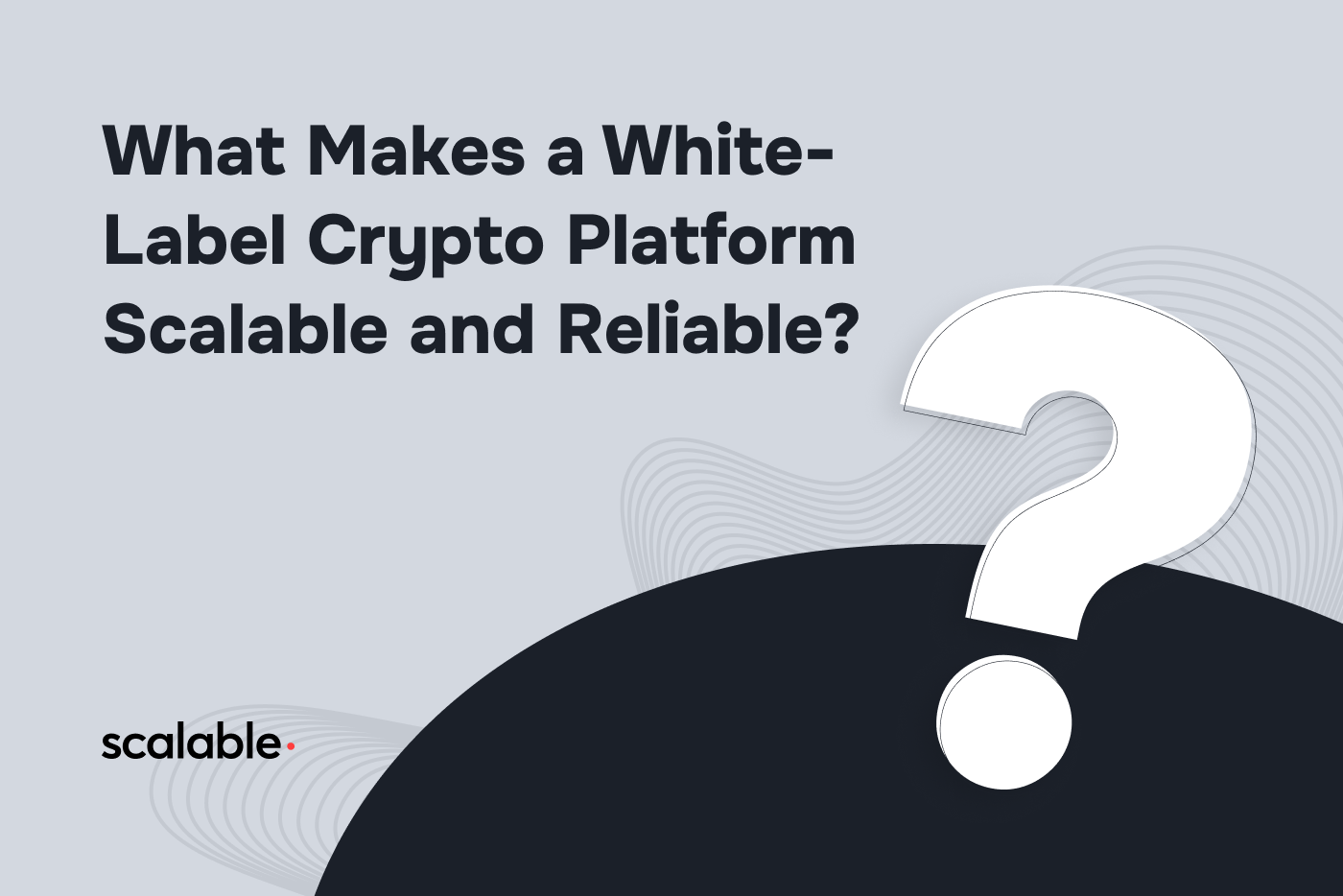
When compared to its traditional financial counterpart, the digital asset landscape is as vibrant as it is complex. Characterized by a decade of volatility and innumerable gains, it has seen thousands of projects and tokens fail for each one that lives on. One of the greatest struggles that any token faces relates to trading — low liquidity, low activity, high slippage, wide spreads, etc. This problem can further grow when considering the different exchanges a token is traded on.
Several ways of dealing with these obstacles have been introduced from traditional finance. Market makers and liquidity providers, for example, offer alternative approaches to handling asset illiquidity in centralized markets. Understanding the nature of each potential solution can provide valuable insights as to what is the best choice for each participant in the digital asset market. This discussion will take place in the current article — we will first briefly introduce the concept of market makers, third-party liquidity providers, and ultimately present a compact alternative solution.
Market makers
Market makers are common players in quote-driven financial instrument trading, such as the traditional and cryptocurrency markets. They act as intermediaries between buyers and sellers, quoting both sides of the order book for a determined asset pair. As a result of their mediation, markets tend to be more efficient, and assets enjoy tighter bid-ask spreads, higher trading volumes and deeper order books.
Typically, market makers vary in the extent of their offerings, leaving potential clients to decide depending on the pricing and business models, connectivity to exchanges, asset custody, service robustness on adverse market climate, regulation, compliance, transparency and more.
Liquidity providers
Similarly to market makers, liquidity providers act as intermediaries, the main difference being that they intercede between brokers and market makers. Brokerage companies need to be able to provide traders with large order books, yet low volume leads to price slippage. Liquidity providers connect brokers to large financial institutions to feed order books, enabling a low-spread trading experience.
A Scalable solution
While market makers and liquidity providers are major players in current markets, running with third-party liquidity providers or market makers requires a myriad of operations, such as moving, re-balancing and withdrawing funds, or hiring compliance teams. Additionally, the quality of the service provided is inherently attached to its limitations, such as total funds available.
Market makers and liquidity providers are not without flaws and can be improved upon. At Scalable, we propose a new alternative — tapping into our liquidity pool connection.
Along with our white-label exchange solution, at Scalable we offer a less common, more efficient alternative to liquidity needs: a connection to some of the deepest liquidity in the entire digital asset space.
- Scalable Solution’s liquidity pool connection has one of the deepest liquidity in the entire digital asset space, compromising around 7–10% of global spot liquidity in cryptocurrencies daily, and assisting in price discovery across hundreds of markets. The fully-lit transparent order book ensures no erosion from ‘dark liquidity.’
- Tapping into the liquidity pool connection enables us to provide our clients and their exchange users with narrow spreads not only at the top of the book but across its depth too — ensuring a balanced book that contributes to minimizing slippage and efficient trade execution, regardless of the size.
- Buy/Sell-side friendly, it seamlessly connects with brokers, exchanges, retail and algorithmic traders, market makers, order routers, OTC desks, professional traders and other established institutions.
- Besides its practical benefits, our liquidity solution is constantly monitored to ensure predatory market practices are detected and deterred, following the most strict regulatory guidelines, and providing peace of mind for those running an exchange.
Since our beginnings, we have successfully processed over 800 billion orders and traded a total volume of over USD 3 Trillion, with an average order book depth > 15,000 BTC.
Liquidity could be considered one of the pillars of running a successful digital asset exchange. If you’d like to learn more about tapping into Scalable’s exchange solution with built-in liquidity, you can get in touch with our team here.
Curious to understand more about liquidity and its role in exchanges? Check out The Impact of Liquidity for a Successful Exchange and Solving Liquidity Issues in Digital Asset Exchanges.

